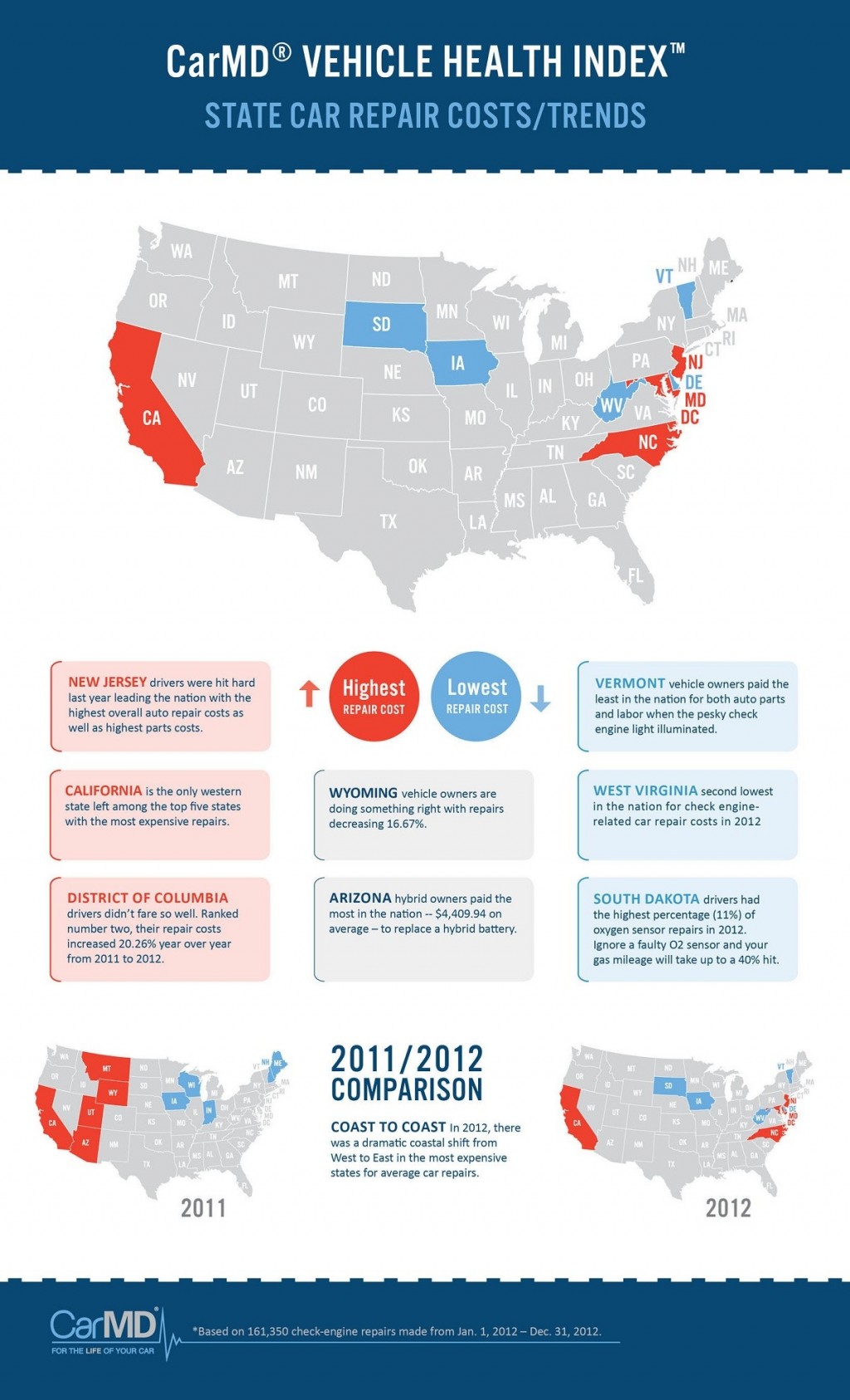Comprehending The Meaning Behind Your Lorry'S Warning Lights: An Extensive Appearance
Comprehending The Meaning Behind Your Lorry'S Warning Lights: An Extensive Appearance
Blog Article
car steam clean -Higgins Stark
When you lag the wheel, those glowing warning lights on your control panel can be a bit puzzling. Do you understand what they're trying to tell you about your car's health? Recognizing the importance of these lights is essential for your security and the long life of your car. So, the following time one of those lights appears, would not you want to understand its message accurately and take the needed steps to resolve it?
Common Caution Lighting and Interpretations
Identify typical caution lights in your automobile and recognize their significances to guarantee safe driving.
One of the most regular caution lights consist of the check engine light, which indicates issues with the engine or exhausts system. If this light begins, it's crucial to have your automobile checked promptly.
The oil stress warning light shows reduced oil stress, requiring instant focus to avoid engine damage.
A flashing battery light might recommend a malfunctioning billing system, potentially leaving you stranded otherwise attended to.
The tire pressure tracking system (TPMS) light alerts you to low tire pressure, affecting lorry stability and fuel performance. Ignoring this might result in hazardous driving conditions.
The abdominal muscle light indicates a trouble with the anti-lock braking system, jeopardizing your capability to stop promptly in emergencies.
Last but not least, the coolant temperature warning light warns of engine getting too hot, which can cause serious damages otherwise settled swiftly.
Understanding these typical warning lights will certainly assist you address issues promptly and maintain secure driving problems.
Significance of Prompt Attention
Comprehending the typical caution lights in your vehicle is just the initial step; the significance of promptly attending to these warnings can't be stressed enough to guarantee your safety and security when traveling.
When https://emilioonicw.theideasblog.com/31664947/the-concealed-gems-uncovering-quality-auto-fixing-shops-in-your-neighborhood brightens on your dashboard, it's your automobile's way of communicating a prospective issue that requires focus. Disregarding these cautions can result in much more severe troubles down the road, endangering your safety and security and potentially costing you extra in repairs.
Prompt attention to cautioning lights can prevent malfunctions and crashes. As an example, a flashing check engine light could show a misfire that, if left unattended, can cause damages to the catalytic converter. Addressing this without delay can conserve you from a costly fixing.
In a similar way, a brake system warning light could indicate low brake fluid or used brake pads, important parts for your safety and security when driving.
DIY Troubleshooting Tips
If you discover a caution light on your control panel, there are a few DIY troubleshooting pointers you can try before looking for professional aid.
carwax is to consult your vehicle's handbook to understand what the specific warning light shows. Often the problem can be as simple as a loose gas cap activating the check engine light. Tightening up the gas cap may solve the trouble.
One more typical problem is a low battery, which can cause different warning lights. Checking the battery connections for corrosion and guaranteeing they're safe could deal with the trouble.
If a warning light lingers, you can attempt resetting it by disconnecting the automobile's battery for a few mins and afterwards reconnecting it. Additionally, examining your automobile's fluid degrees, such as oil, coolant, and brake fluid, can help repair warning lights connected to these systems.
Conclusion
In conclusion, recognizing your automobile's caution lights is crucial for maintaining your car running efficiently and safely. By promptly addressing these signals and recognizing what they suggest, you can avoid costly repair work and possible break downs.
Bear in mind to consult your auto's manual for particular details on each warning light and do something about it as necessary to make certain a trouble-free driving experience.
Keep informed, stay secure on the road!
